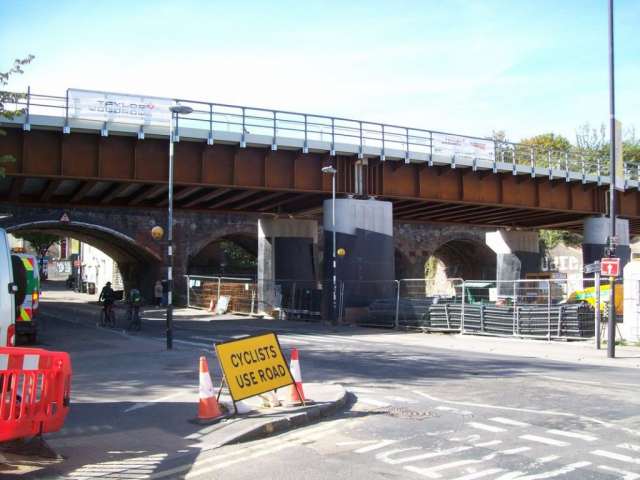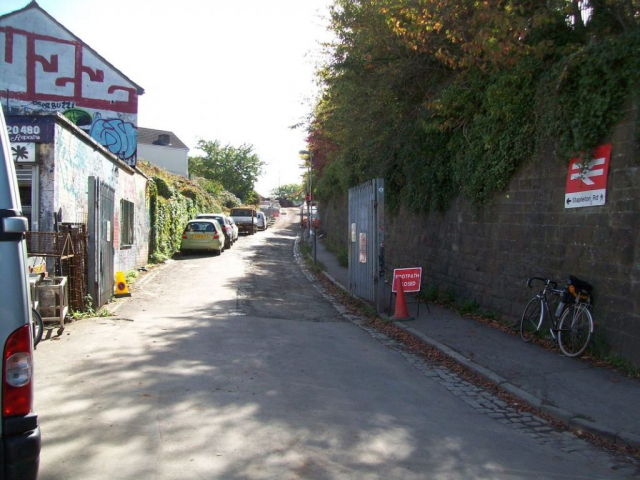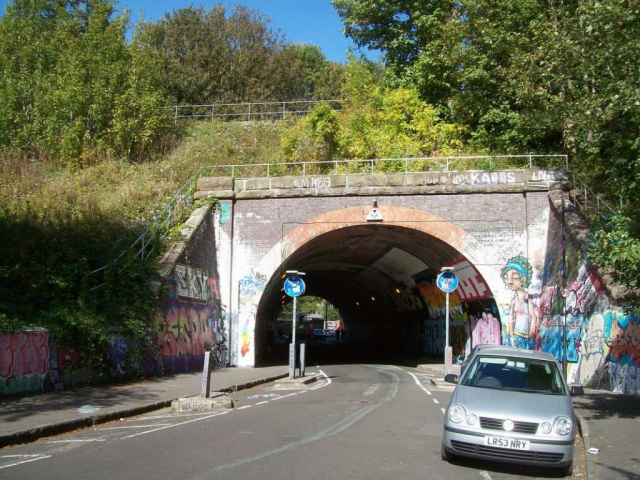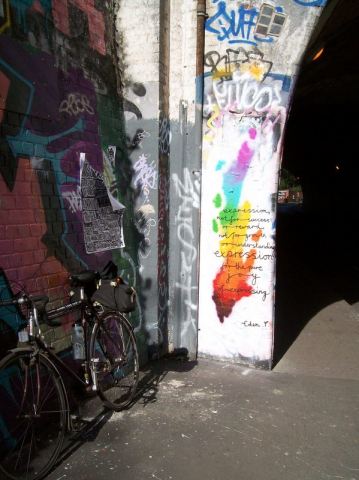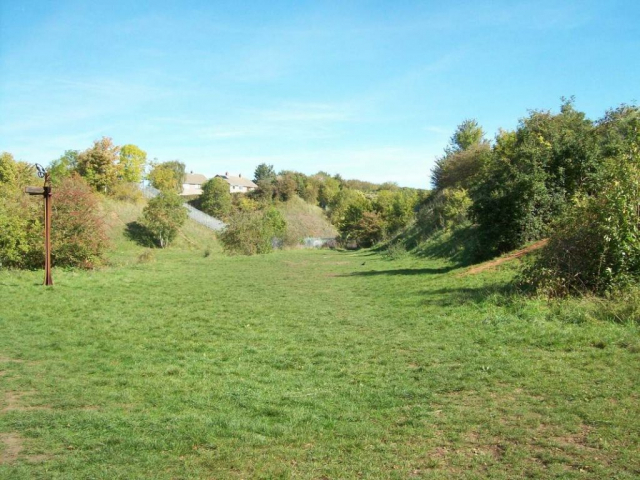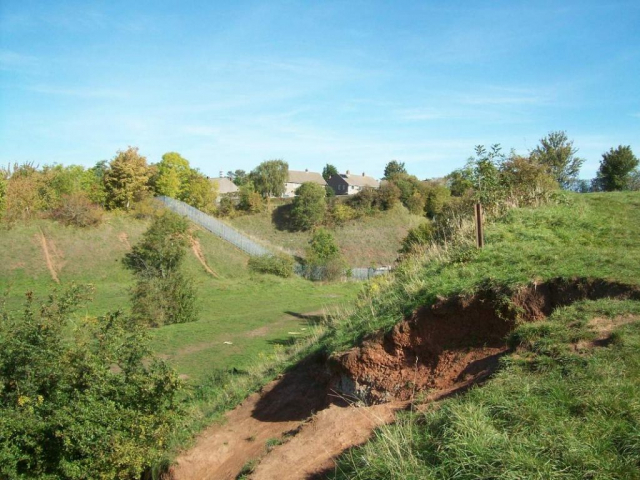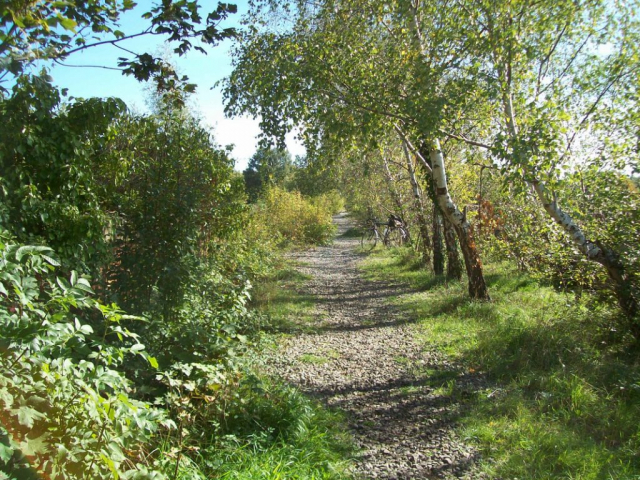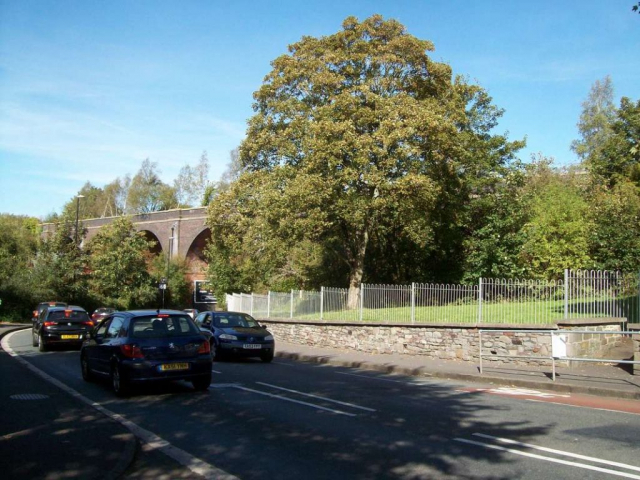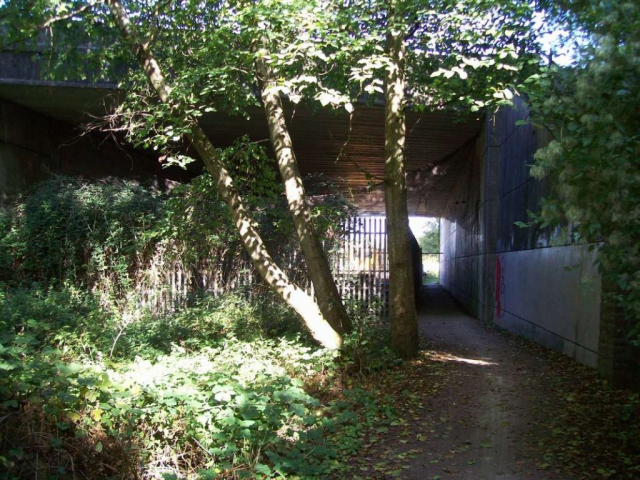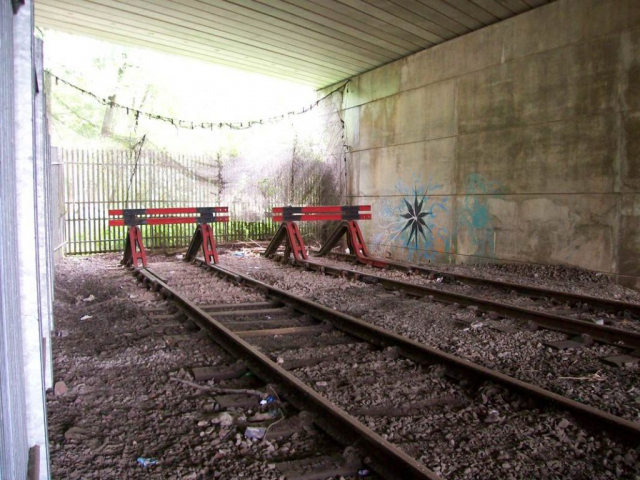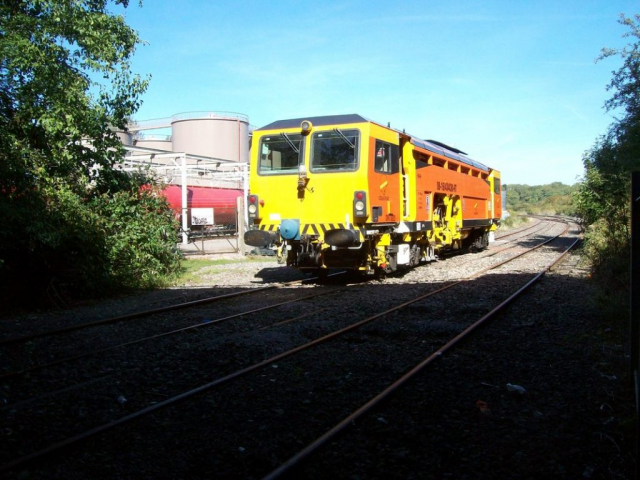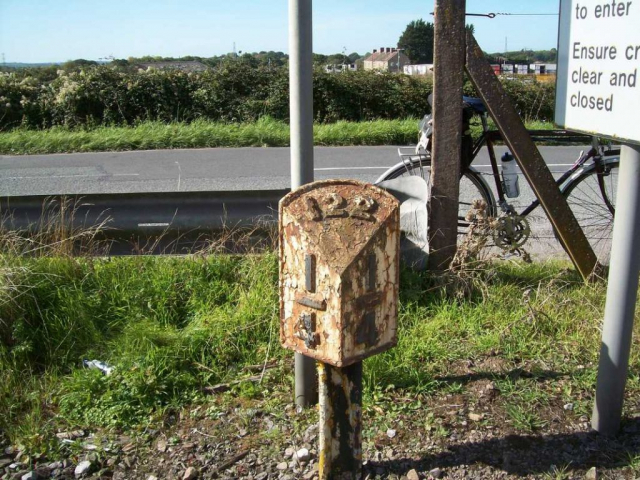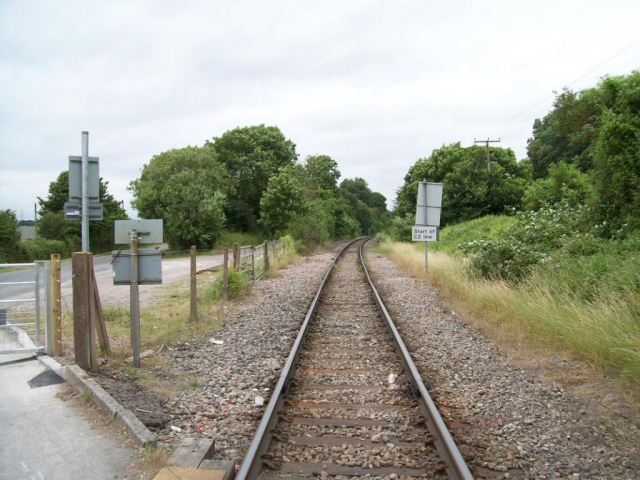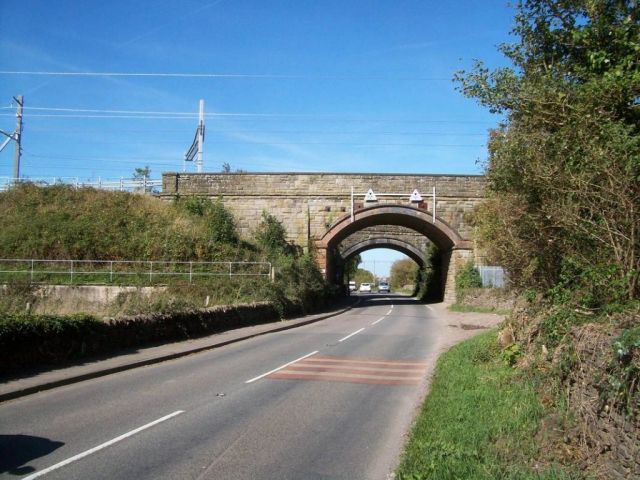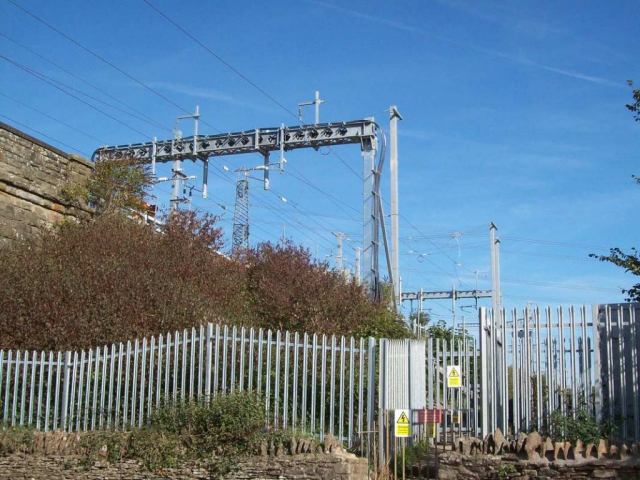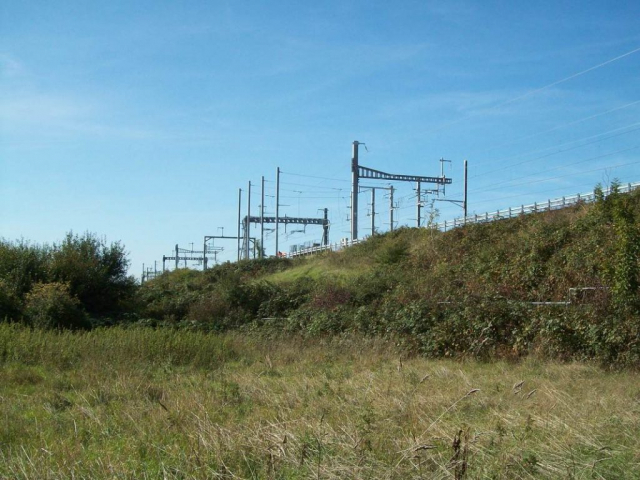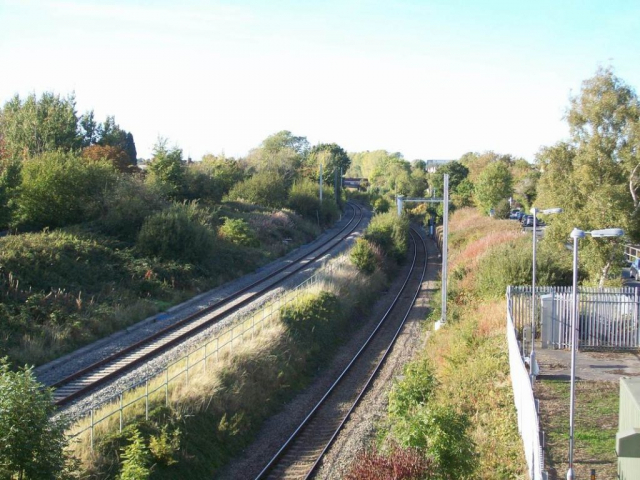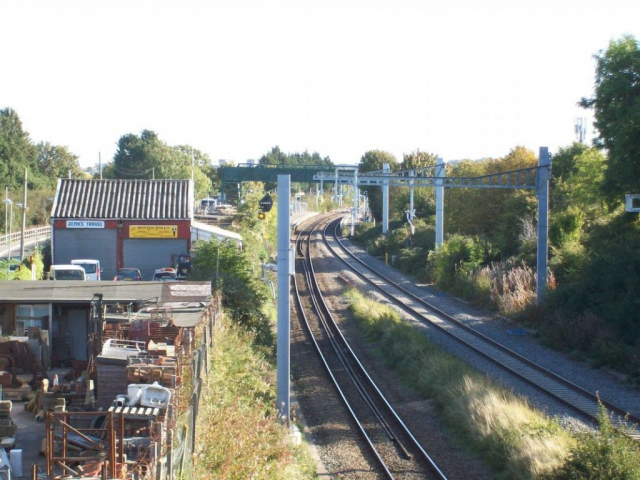The weather is not a determinant for the scout in choosing to go to Bristol so it was a bonus for him at the end of September to have a full day of sunshine. He caught the train from Newton so as to take in the sea wall and after Exeter the guard kindly put him in first class, which at weekends is full of the same riff-raff found in second.
After a quick look at the Bath Road site, with its new road bridge, he headed off along the Midland route.
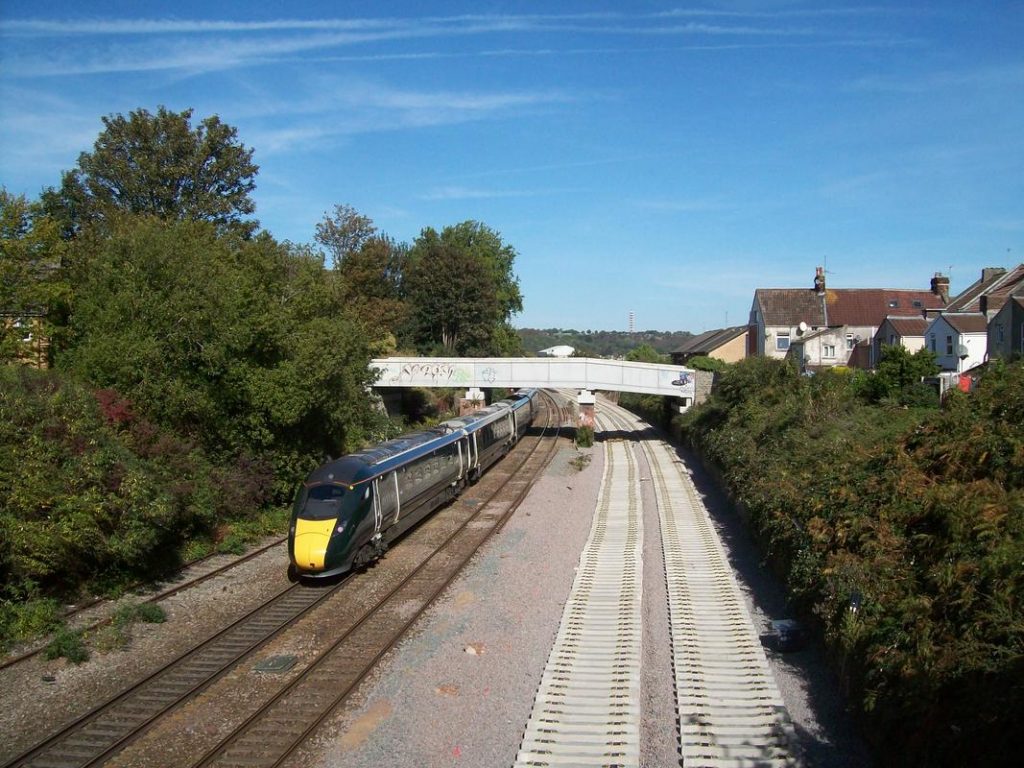
Stapleton Road
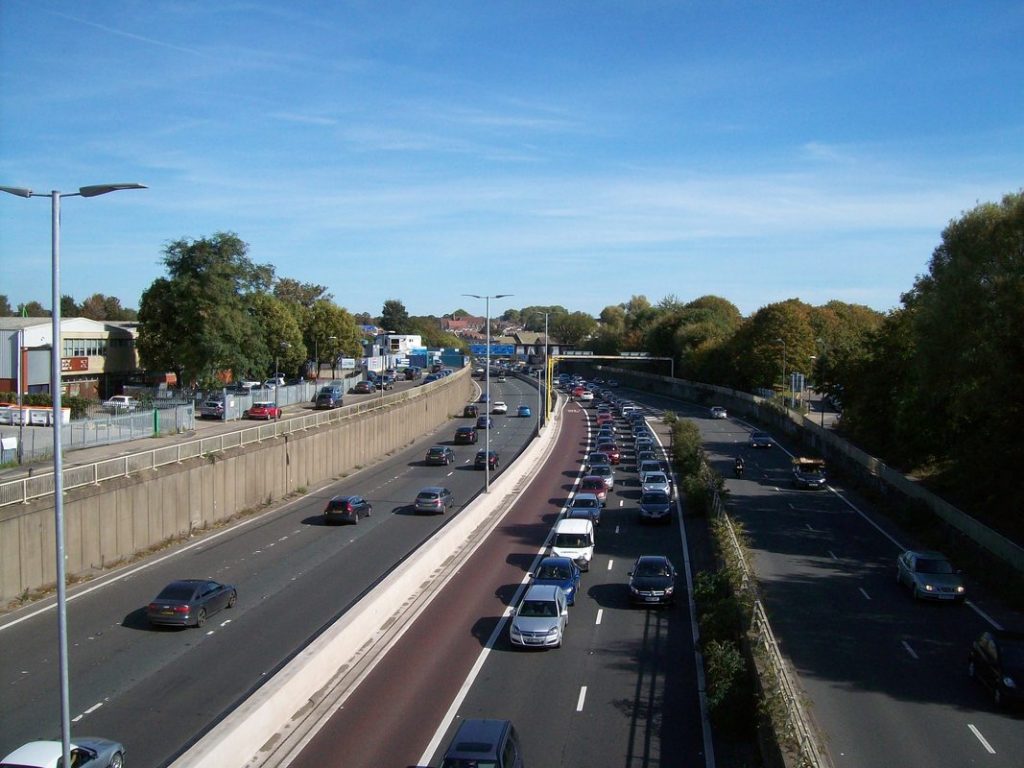
On the continuation of New Gatton Road, off camera at left, were parked numerous caravans and other types of temporary accommodation. +
Narroways Junction
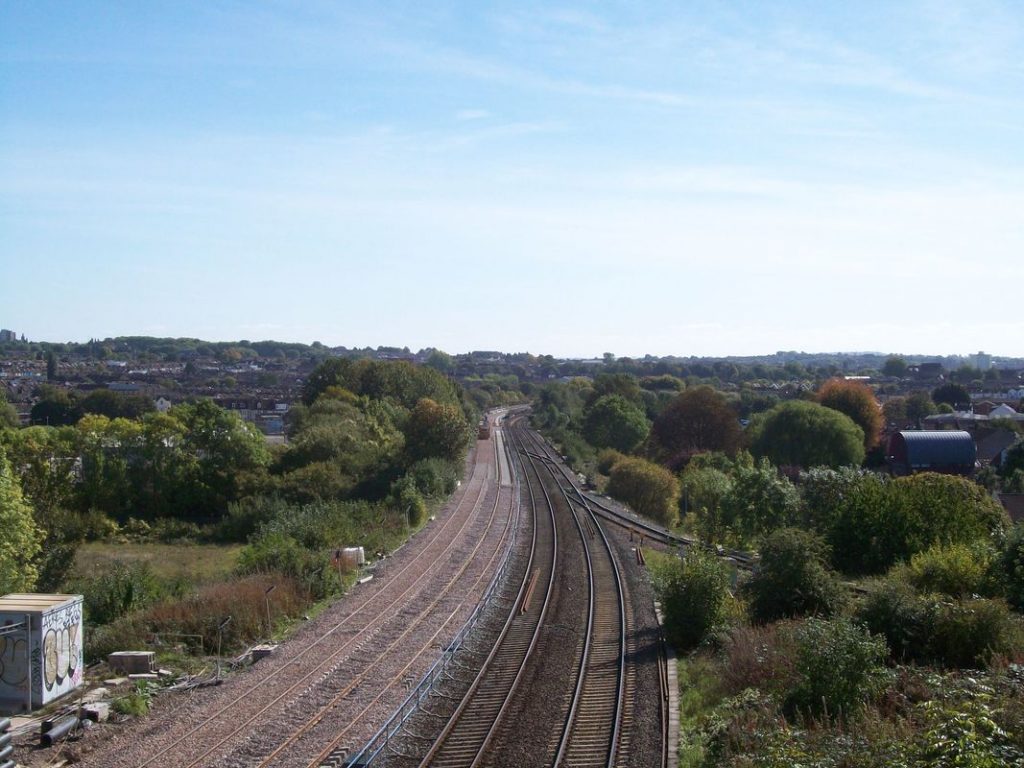
The single line to Avonmouth and Severn Beach diverges at right. +
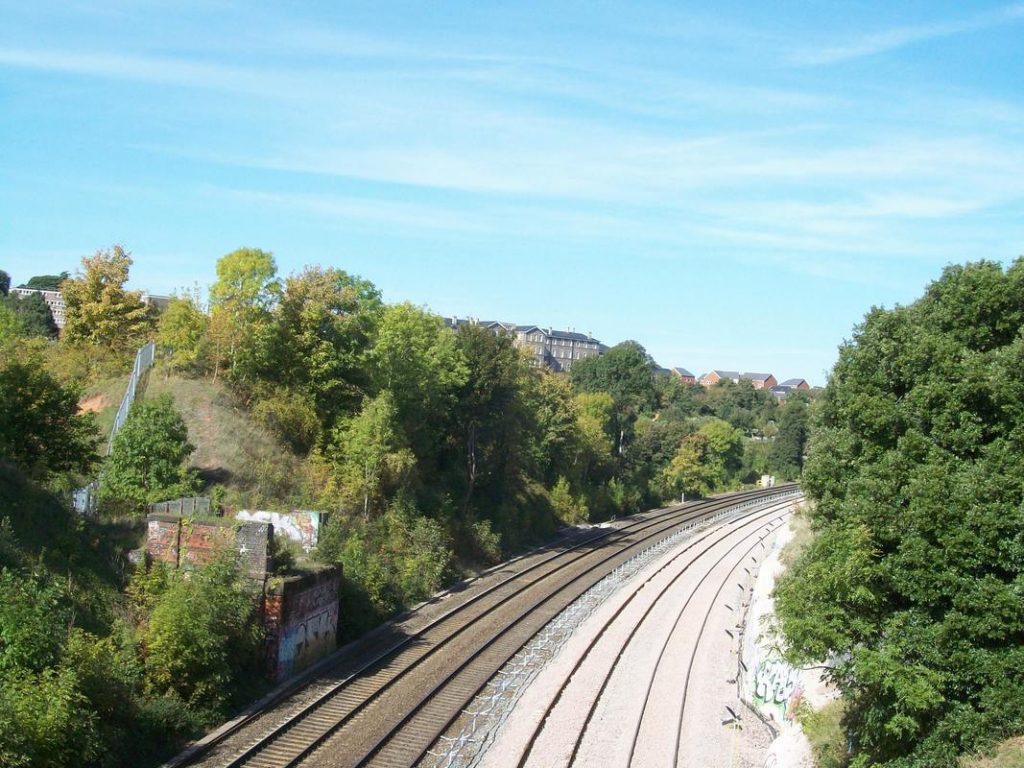
Clifton Extension
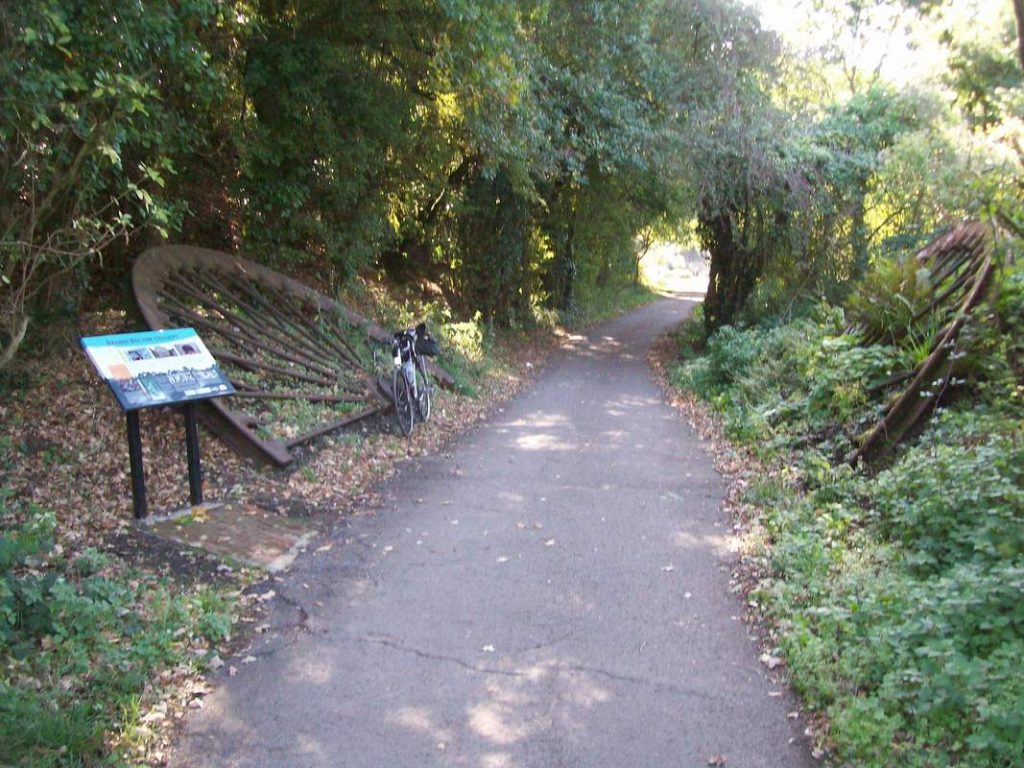
Westerleigh Sidings
Westerleigh Junction
Patchway
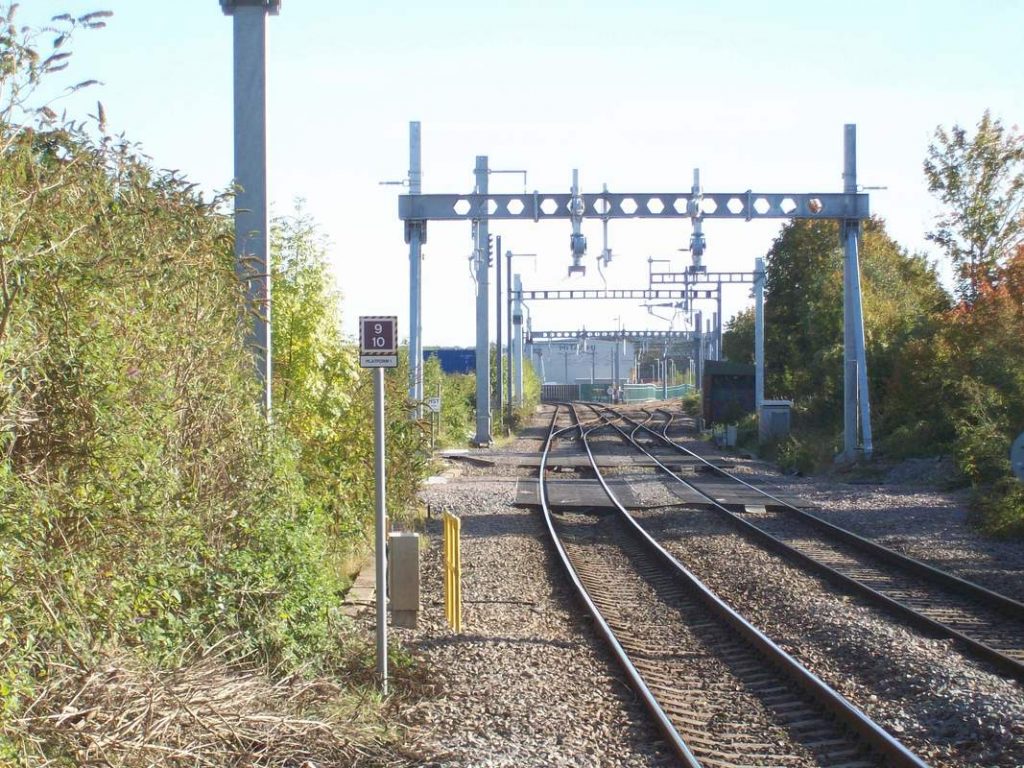
Hoping to get a shot from the embankment at Cogload of the 1703 Paddington overtaking the 1633, the Torbay, the scout had booked his bicycle on the latter from Bristol. This was going to be the last time there would be enough light at nearly seven. Two weeks earlier, the 1633 preceded the late running 1703. A week earlier, the working was as booked, but it was pouring with rain and the light would have been poor.
As if there were a conspiracy against the scout, when he returned to Temple Meads he found that the 1633 was cancelled and so he sat on the vestibule floor of the next Toyager. Determined at least to have what might be his last run along the sea wall in the dark standing at an open window, he took his chances and got off at St. David’s. Luckily, the delayed 1703, the one he had planned to see at Cogload, was right behind.
It was not to be until July the following year that the scout got his wish at Cogload, while returning from Ruabon via Newport.

